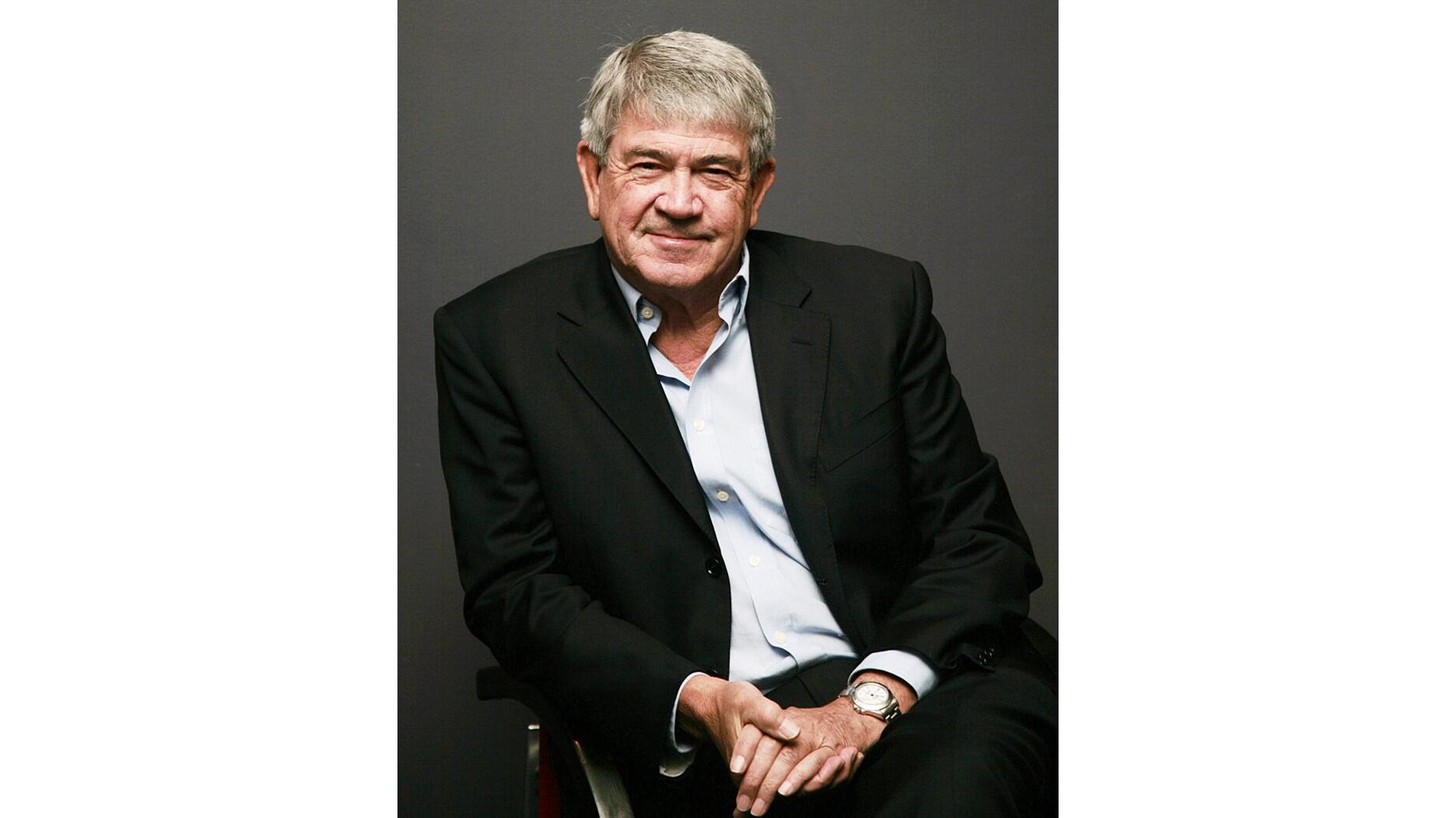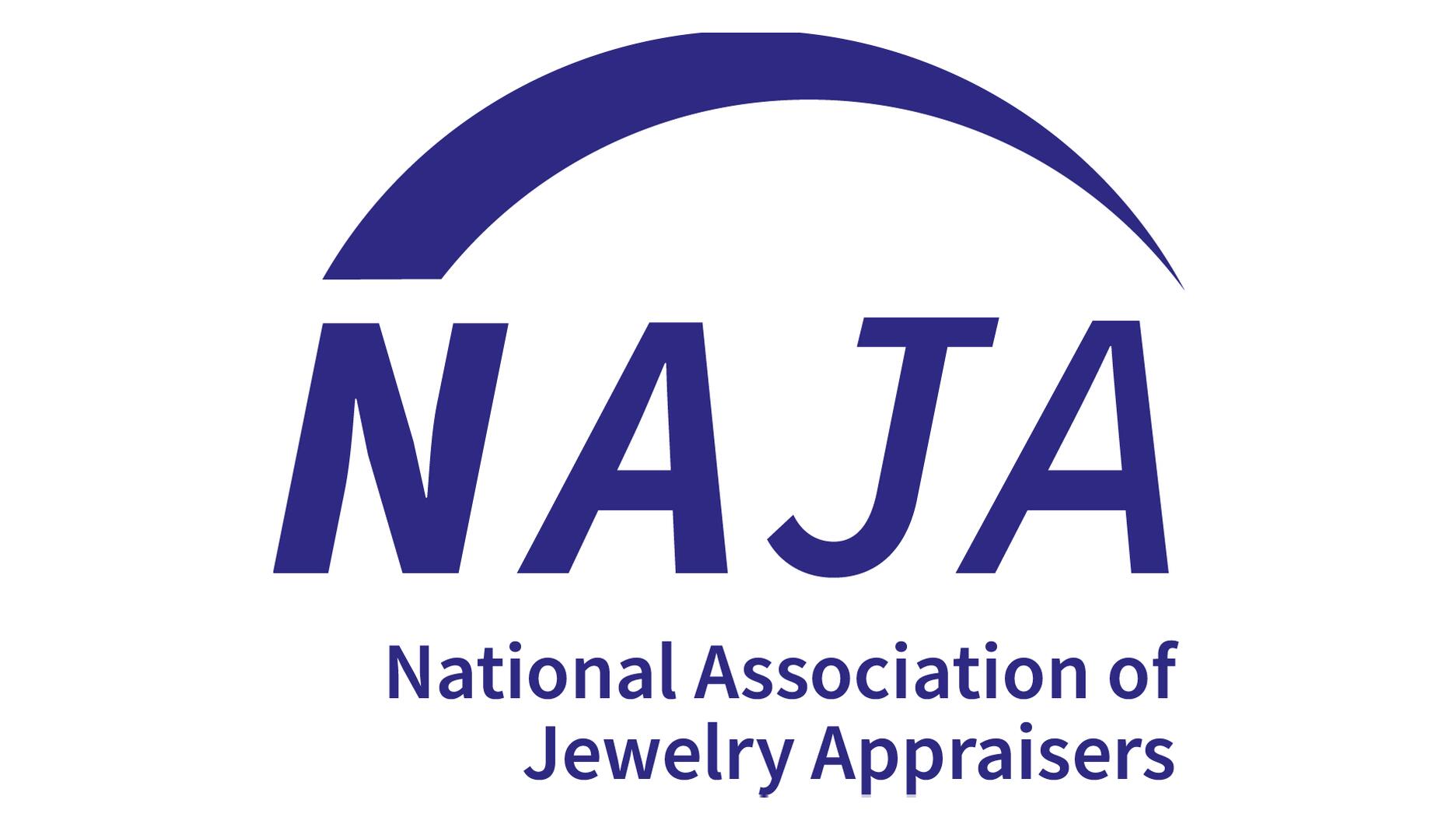The couple pleaded guilty to concealing at least $127 million in cash transactions at its precious metals businesses.
Stuller Adds Lab-Grown Diamonds to its Inventory
The company, which is one of the largest suppliers in the United States, said it wants to “give jewelers every option they need to thrive.”

Lafayette, La.--Stuller Inc., one of the largest jewelry manufacturers and suppliers in the United States, announced this week that it has added lab-grown diamonds to its product mix and, in fact, has been selling the stones since before the holidays.
Stuller is starting with a small assortment of the stones--as of Tuesday afternoon, the company had only 20-some lab-grown diamonds listed on its website, and Stuller’s Vice President of Diamonds and Gemstones Stanley Zale confirmed that that represents the entirety of what Stuller has available right now.
However, he said demand has been “stronger than anticipated” so far and that Stuller is continually adding more inventory.
Once available in limited quantities and sizes, lab-grown diamonds are becoming more mainstream as technology has improved to the point that diamond growers are able to produce steady streams of the stones, which are, in turn, getting picked up and sold by a growing number of suppliers and retailers.
Rogers & Hollands and Robbins Brothers both sell lab-grown diamonds. Over the summer, Helzberg Diamonds launched a pilot program offering white, yellow and pink lab-grown diamonds in select stores in four states, Virginia, Florida, Illinois and Arizona. Helzberg did not respond to inquiries about the current status of the program by press time.
Also, just last month, a total of 11 diamond growers announced the formation of the International Grown Diamond Association, a group designed to educate the public and stoke demand for the stones, in much the same way the world’s biggest diamond miners hope to buoy demand for natural diamonds via the Diamond Producers Association.
Zale said, in the end, Stuller opted to add lab-grown diamonds to its product mix because it wants to give jewelers’ choices.
“Whatever they are choosing, changing or creating with Stuller they can decide what center stone works best for their customer,” he said. “It might a natural diamond, a ruby or an emerald, a Forever One moissanite or even a lab-grown diamond.
“We’re here to help our customers succeed as jewelers.”
Stuller is sourcing the stones from a number of diamond growers though it declined to give the names of specific companies, noting that it is not its practice to name vendors except in cases where the merchandise is branded.
The lab-grown diamonds are being sold as loose stones and range in size from 0.34 to 2.15 carats, F to K and VS1 to
They are, for the most part, 50 to 60 percent cheaper than comparable mined diamonds listed on RapNet and come with a report from the Gem Certification and Assurance Lab (GCAL), the New York lab run by Don Palmieri, and a unique inscription on the girdle.
Stuller said its lab-grown diamonds are kept in a separate vault, stored and shipped in a distinct blue acrylic box, and always are handled separately from its mined diamond inventory.
Zale also noted that Stuller has been screening all diamonds weighing more than 0.20 carats for the possibility of being lab-grown for several years now.
For smaller diamonds, the company purchased one of De Beers’ Automated Melee Screening machines in 2014 and Zale said they follow De Beers’ recommended screening protocol for its use.
“But,” he added, “melee screening is a challenge, so we also look to our suppliers to provide assurances and warranties that they are not using lab-grown (diamonds).”
The Latest

Consumers shared concerns about prices, inflation, tariffs, trade, and politics in the survey’s write-in response section.

In February 2026, the auction house will move its headquarters to the former Steinway Hall, a neoclassical landmark on Billionaires’ Row.

How Jewelers of America’s 20 Under 40 are leading to ensure a brighter future for the jewelry industry.

The new show will take place Jan. 23-25, 2026.


The LVMH-owned brand has partnered with the costume design union to revamp its award for 2026.

The luxury titan inked a deal to acquire an initial minority stake in the jewelry manufacturer with a pathway to full ownership by 2032.

Roseco’s 704-page catalog showcases new lab-grown diamonds, findings, tools & more—available in print or interactive digital editions.

The company’s curation of unsigned vintage and estate jewelry debuted at the Bloomingdale’s in Costa Mesa, California.

In the recent multi-shipment seizure, CBP also found counterfeit Audemars Piguet, Moncler, and Chrome Hearts items.

Helzberg’s Chief Retail Officer Mitch Maggart shared details about its tests of a new store concept rooted in an elevated luxury experience.

Jewelers of America execs and National Jeweler editors discuss tariffs, the sky-high gold price, and the engagement that broke the internet.

The luxury goods company said founder Ippolita Rostagno will remain at the brand’s helm.

Laura Burdese, who joined the Italian luxury brand in 2022, will take on the role in July.

The National Jeweler editors revisit the most noteworthy industry happenings and design trends from 2025.

Need a gift for the cat lover who has everything? Look no further than our latest Piece of the Week.

It purchased the “Grosse Pièce,” an ultra-complicated Audemars Piguet pocket watch from the ‘20s, for a record-breaking price at Sotheby’s.

The lab-grown diamond grower now offers custom engagement and fashion jewelry through its Kira Custom Lab Jewelry service.

Chandler got his start at Michelson Jewelers and has served as DCA president and CEO since 2001. He will retire at the end of the month.

The boutique is slated to open this week inside Terminal 8, offering pre-owned Rolex watches and more to international travelers.

Sponsored by Digital Monitoring Products

The special-edition egg pendant ingested in a New Zealand jewelry store was recovered after a six-day wait.

Associate Editor Natalie Francisco plays favorites with Piece of the Week, selecting a standout piece of jewelry from each month of 2025.

The “Love and Desire” campaign is inspired by the magic that follows when one’s heart leads the way, said the brand.

Two awardees will receive free tuition for an educational course at the Swiss lab, with flights and lodging included.

Berta de Pablos-Barbier will replace Alexander Lacik at the start of January, two months earlier than expected.

Sotheby’s held its first two jewelry sales at the Breuer building last week, and they totaled nearly $44 million.


























